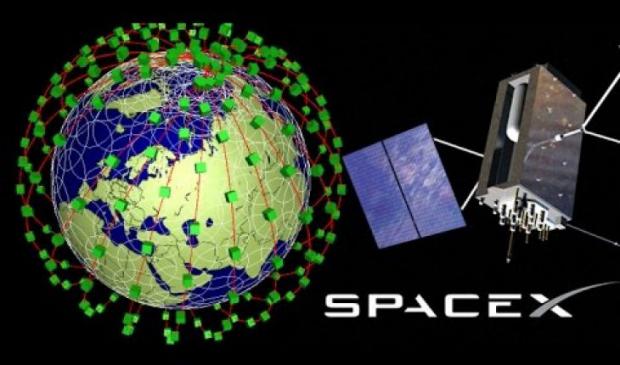
Breaking News
 Why Are We Defending Mass Murder in Gaza? Because Our Greatest Ally Demands It
Why Are We Defending Mass Murder in Gaza? Because Our Greatest Ally Demands It
 The Silver Price Signal Everyone Is Missing | Mike Maloney & Alan Hibbard
The Silver Price Signal Everyone Is Missing | Mike Maloney & Alan Hibbard
 House Democrat introduces impeachment articles against RFK Jr
House Democrat introduces impeachment articles against RFK Jr
Top Tech News
 Build a Greenhouse HEATER that Lasts 10-15 DAYS!
Build a Greenhouse HEATER that Lasts 10-15 DAYS!
 Look at the genius idea he came up with using this tank that nobody wanted
Look at the genius idea he came up with using this tank that nobody wanted
 Latest Comet 3I Atlas Anomolies Like the Impossible 600,000 Mile Long Sunward Tail
Latest Comet 3I Atlas Anomolies Like the Impossible 600,000 Mile Long Sunward Tail
 Tesla Just Opened Its Biggest Supercharger Station Ever--And It's Powered By Solar And Batteries
Tesla Just Opened Its Biggest Supercharger Station Ever--And It's Powered By Solar And Batteries
 Your body already knows how to regrow limbs. We just haven't figured out how to turn it on yet.
Your body already knows how to regrow limbs. We just haven't figured out how to turn it on yet.
 We've wiretapped the gut-brain hotline to decode signals driving disease
We've wiretapped the gut-brain hotline to decode signals driving disease
 3D-printable concrete alternative hardens in three days, not four weeks
3D-printable concrete alternative hardens in three days, not four weeks
 Could satellite-beaming planes and airships make SpaceX's Starlink obsolete?
Could satellite-beaming planes and airships make SpaceX's Starlink obsolete?
Within 24 months SpaceX could begin providing gigabit internet to the USA

SpaceX told the FCC in a Feb. 1 letter that it plans to launch a pair of experimental satellites on one of its Falcon 9 rockets. That launch, already approved by the FCC, is set for Saturday in California.
In 2017, SpaceX had submitted regulatory filings to launch a total of nearly 12,000 satellites to orbit by the mid-2020s. The internet communication satellites are expected to be in the smallsat-class of 100-to-500 kg (220-to-1,100 lb)-mass, which are intended to be orbiting at an altitude of approximately 1,100 kilometers (680 mi). Initial plans as of January 2015 were for the constellation to be made up of approximately 4000 cross-linked satellites, more than twice as many operational satellites as were in orbit in January 2015.

 1,872 Tractors STORM London
1,872 Tractors STORM London First totally synthetic human brain model has been realized
First totally synthetic human brain model has been realized Mach-23 potato gun to shoot satellites into space
Mach-23 potato gun to shoot satellites into space

